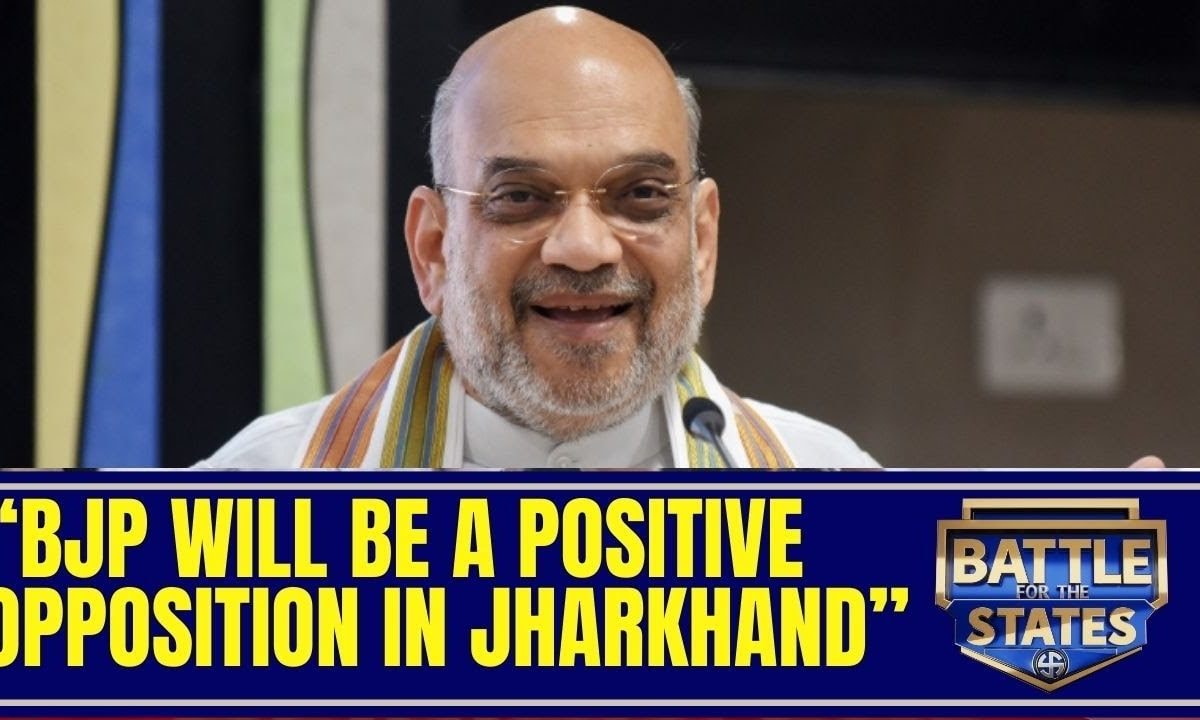Last Updated:November 23, 2024, 13:38 IST
RSS's 'Sajag Raho' campaign, that the organisation turned into a very personalised door to door outreach programme, worked wonders in mobilising the Hindu voters beyond the caste lines.

In Maharashtra, from where the RSS originated and has its headquarter, the cadres have yet again proven why they remain a political and cultural juggernaut. (Image: PTI/File)
The Rashtriya Swayamsevak Sangh (RSS) has emerged as mightier than ever before in terms of flexing its organisational muscle, with recent successes in Haryana and Maharashtra reflecting its growing influence and grassroots reach. By leveraging its unparalleled ground-level network, the Sangh has not only touched the raw nerve of the electorate on factors related to Hindutva pitch, but also transformed the simmering local issues into decisive electoral narratives.
Its ‘Sajag Raho’ campaign, that the organisation turned into a very personalised door to door outreach programme, worked wonders in mobilising the Hindu voters beyond the caste lines, claimed the senior RSS functionaries.
Even though the feuds among the fractured political parties in the Opposition and ruling coalitions, and BJP’s outreach programmes including specific policy initiatives targeting the women voters like – Ladli Behena – schemes played a significant role, among other factors, RSS’s booth level work turned the tide.
A senior RSS functionary, who was involved in strategising the political-electoral ground work in the state, said that the booth to booth ‘sampark’ has scripted the success story as the RSS raised the issues of ‘visible Islamic aggression’, ‘loss of livelihood’ caused by unchecked illegal migration and ‘inspiring Hindus to be united beyond caste lines’ helped in mobilising Hindus.
Sajag Raho: The magic of grassroot mobilisation
In fact, in Maharashtra, from where the RSS originated and has its headquarter, the cadres have yet again proven why they remain a political and cultural juggernaut, seamlessly weaving Hindutva narratives with hyper-localised strategies to turn the tide in favour of its ideological political front, the BJP. From the industrial hubs of Mumbai to the agrarian belts of Vidarbha, the ground level mobilisation by the RSS cadres has played a pivotal role in consolidating Hindu votes, cutting across the recently entrenched caste lines to create a new electoral calculus.
“Sangh’s network quietly worked at the booth level, along with our Sajag Raho mantra to ensure the door-to-door outreach. We could successfully unite fragmented communities, particularly in regions like Vidarbha, Konkan, Marathwada, and Western Maharashtra, where caste loyalties often dictate voting patterns," said a senior functionary of the RSS national executive committee.
“By focusing on Hindutva issues and addressing concerns around Muslim aggression visible on the streets, the Sangh tapped into a growing repulsion within the middle class. This silent consolidation translated into a critical 4-5 per cent vote swing, expanding the BJP’s base beyond its traditional support base and strongholds," he added.
RSS ground game: BJP’s winning edge
An analysis of the results of Haryana elections also shows how the RSS’s penetration into rural and urban pockets successfully bridged the gap between governance and grassroots concerns, some warring castes and helped the BJP shape its political outcomes. The organisation’s ability to tap into regional discontent, starting from unemployment, caste dynamics, or cultural identity, has allowed it to influence voter-sentiment towards the BJP’s advantage. Its regimented and cadre-driven approach ensures that issues aren’t just raised but are addressed.
Similarly, in Maharashtra, the Sangh has demonstrated its ability to recalibrate strategies in a politically complex state. Despite splits within the Shiv Sena and NCP along with the BJP’s coalition challenges, the Sangh’s groundwork has been instrumental in mobilising voters. It has fostered narratives that appeal to Marathi pride, agrarian distress, assisting women voters with financial schemes and the youth’s aspirations.
Tapping the urban anxiety
In urban areas including the industrialised regions like Mumbai, the Sangh capitalised on middle-class anxieties around infrastructure, unemployment issues, economic stagnation, and law and order.
“The anti-industry and anti-business stand taken by the Congress and Uddhav Thackeray’s Shiv Sena have really repulsed the urban voters. On the contrary, initiatives like the Mumbai Peripheral Road project and other developments, while targeted policies such as Ladli Behena spoke directly to specific demographics, including women and the urban poor," said Praful Ketkar, editor, Organiser, an RSS linked publication.
Ketkar, who spent days in the state studying and analysing the RSS impact on the ground before and during elections, further added, “The anti-industrial stance of the Congress-NCP-SHSUBT era has somehow juxtaposed with a BJP-led push for economic growth and stability, resonating particularly in a state deeply tied to the stock market and industrial capitalism."
Location : First Published:November 23, 2024, 13:38 IST
News elections How RSS Boosted BJP's Maharastra Victory With 'Believe In Booth', 'Vote Beyond Caste', Hindutva Pitch

 4 hours ago
4 hours ago














